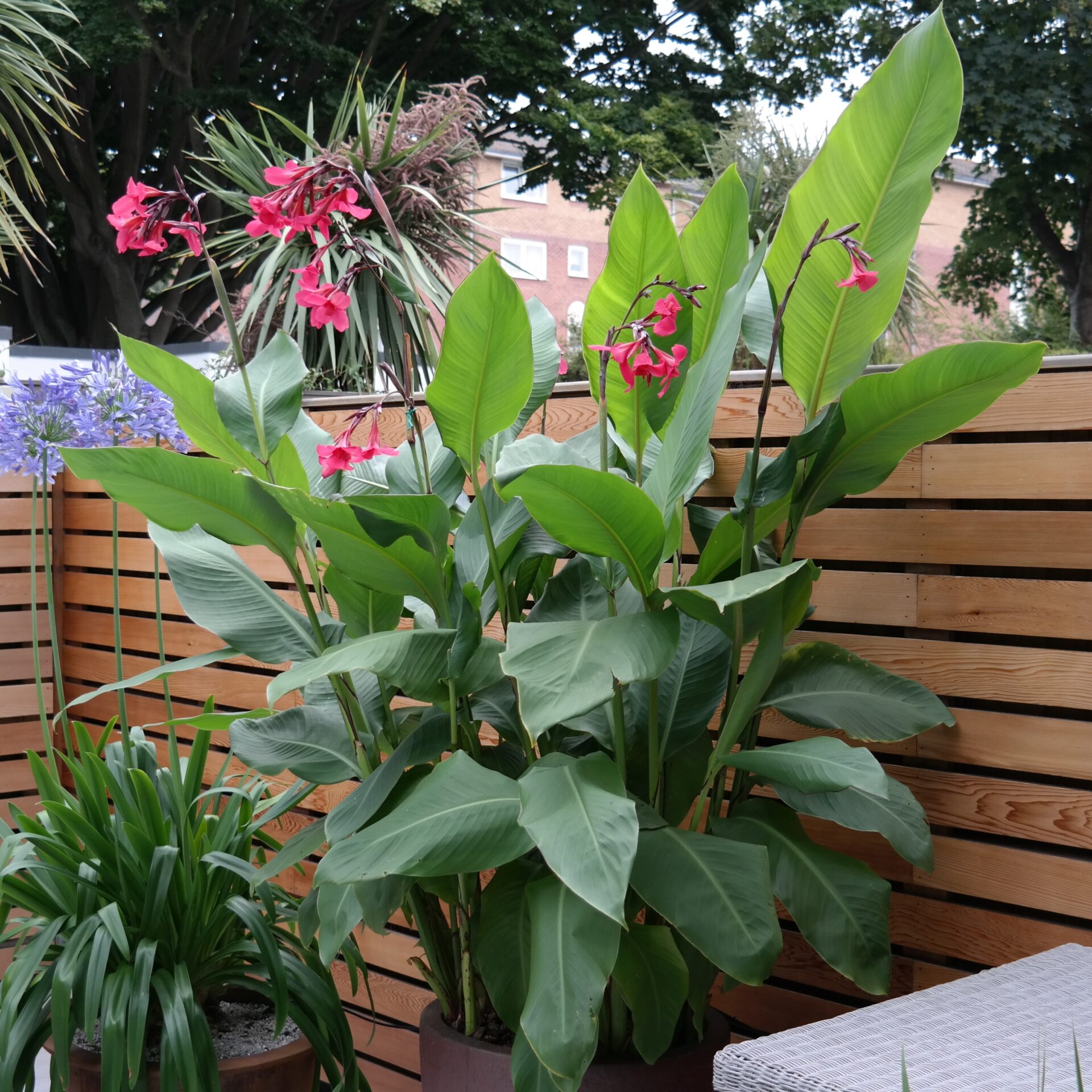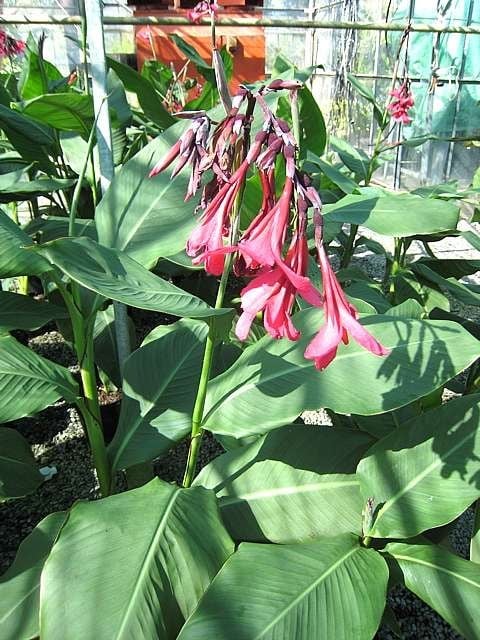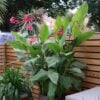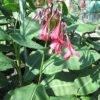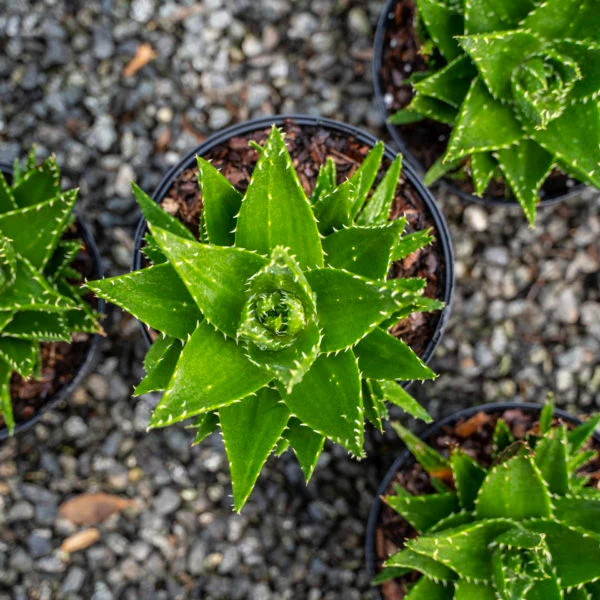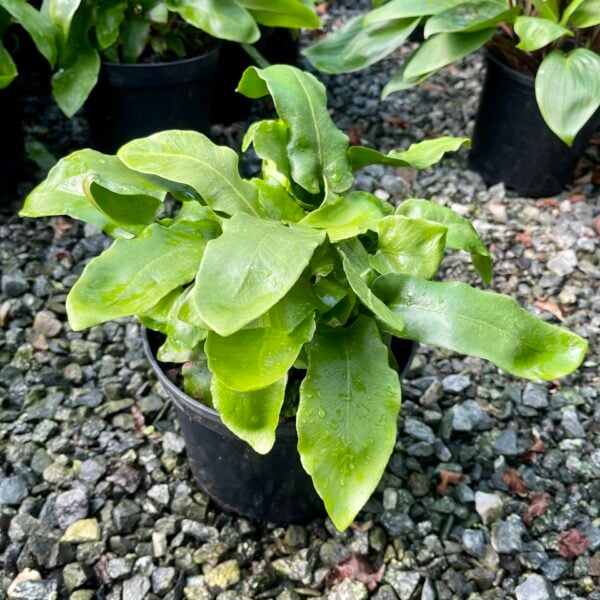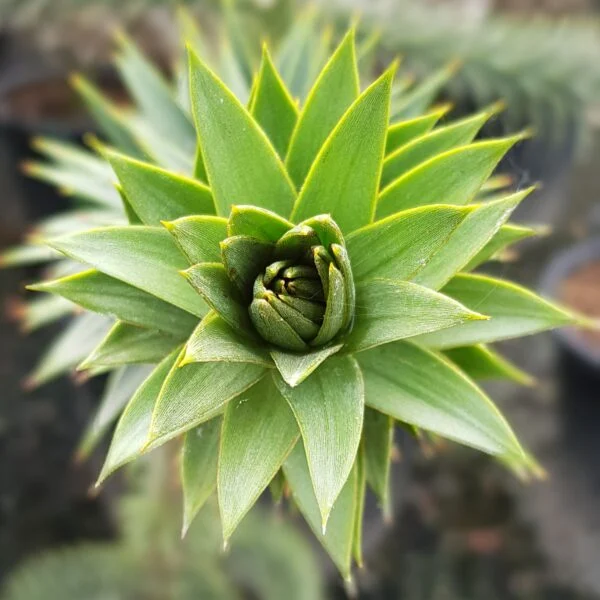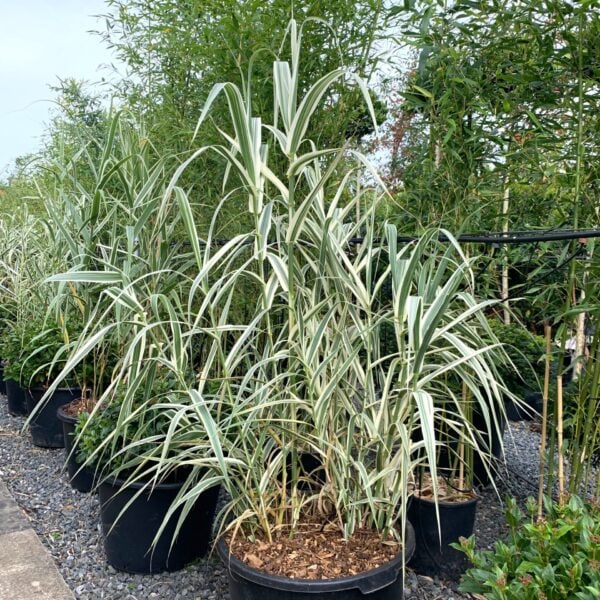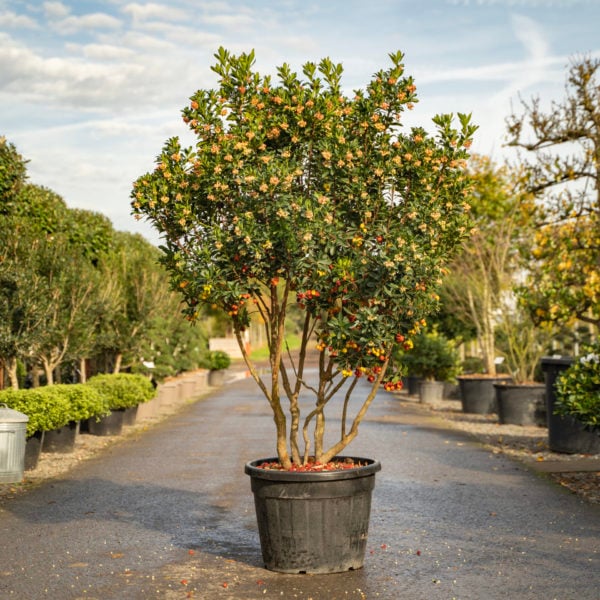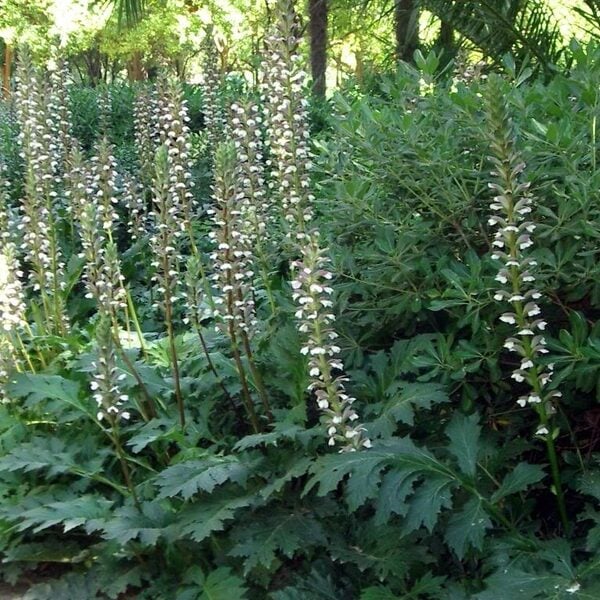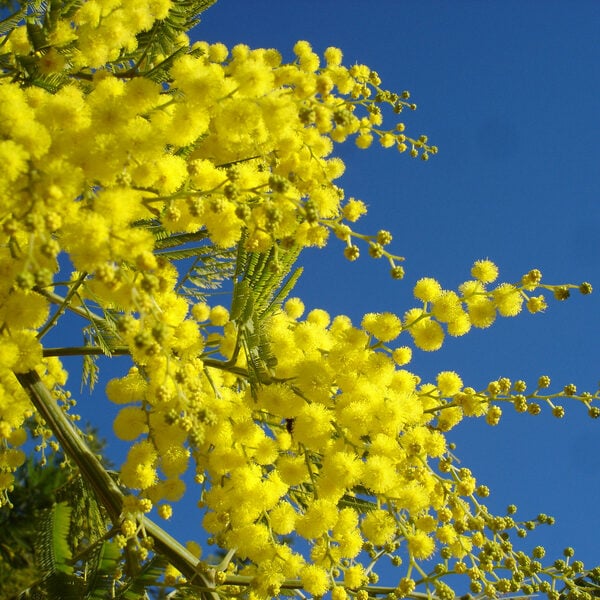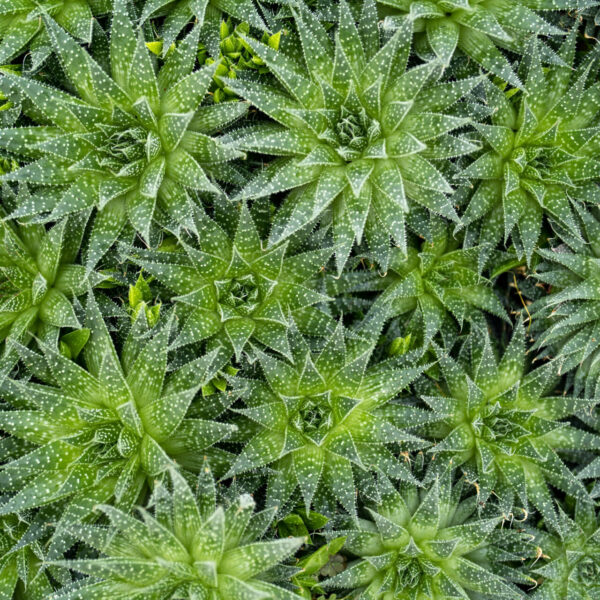Canna iridiflora
Screaming exotica. From darkest Peru, this canna can grow to 8ft in one year with bluish leaves and masses of shocking pink flowers. Cannas are surprisingly good in breezy places – particularly roundabouts in Normandy. A fine site.
For best results, plant cannas in a warm, sunny position in rich, moist soil. Dig up in the autumn and store roots in dry peat in frost-free conditions over winter, in colder areas. Can be left outside in mild areas but even there, a good idea to mulch in winter after removing the collapsed leaves. Excellent grown in a pot, but be careful not to over water in the winter and early spring, keep the soil almost completely dry. It can be as late as May before they break into growth again and then keep well fed and watered for the summer. As the roots bulk up, they can be divided and re-potted.
Please contact us for stock availability and sizes.

Hardiness level Red
From Darkest Peru to roundabouts in Normandy, where we’ve seen them flourishing in all their flouncy glory and had to make a few circuits in order to take them in. Rather a risk at a moment when we should really be concentrating on the roads but we’re never off duty when it comes to admiring plants and these are screaming exotica which will not be ignored.
Not demure. Centre-stage and absolutely demanding attention, in flower it’s the botanical equivalent of a flock of cerise macaws landing in your borders. Foliage-wise it will soar architecturally to 8 feet in a single season, on enormous blue-green paddle shaped wings and strong stems (which make them surprisingly good in breezy spots, by the way)
Screaming exotica. From darkest Peru, this canna can grow to 8ft in one year with bluish leaves and masses of shocking pink flowers. Cannas are surprisingly good in breezy places - particularly roundabouts in Normandy. A fine site.
For best results, plant cannas in a warm, sunny position in rich, moist soil. Dig up in the autumn and store roots in dry peat in frost-free conditions over winter, in colder areas. Can be left outside in mild areas but even there, a good idea to mulch in winter after removing the collapsed leaves. Excellent grown in a pot, but be careful not to over water in the winter and early spring, keep the soil almost completely dry. It can be as late as May before they break into growth again and then keep well fed and watered for the summer. As the roots bulk up, they can be divided and re-potted.
Please contact us for stock availability and sizes.
Their gloriously tropical foliage makes for a show-stopping statement all their own, but we’ve found that watering them with dilute tomato food in the late spring and early summer will promote an even more exuberant display of flowers too. More nutrients, more macaws.
In very very warm and sheltered gardens, they may stay green through the winter. There are some fine examples planted into some traffic-calming protuberances in Vauxhall along with huge Cyperus alternifolius and some hulking great Musas which seem to hang onto their green-ness all year, but they can look a little ragged. In most other areas, they will die down in winter and give everyone a rest.
Position these in a warm and sunny spot and give them a rich, moist soil. They can be left outside in mild areas if covered with deep layer of mulch but otherwise dig them up in autumn and store the roots in dry sand or multi-purpose compost somewhere frost-free.
Start feeding weekly with Tomato Food (e.g. 'Tomorite') around February through to when the flowers emerge. Tomato food is designed to get tomato plants to flower and fruit as much as possible by feeding with lots of potash but very little nitrogen.
Propagated by us by division.
Position in a warm and sunny spot in rich moist soil. Can be left outside in mild areas if covered with deep later of mulch, otherwise dig up in autumn and store roots in dry sand or multi-purpose compost in frost free conditions.
N.B. When clipping several plants with the same tool, have a bucket containing a 5% bleach solution and swish your blades around for 30 seconds between plants to sterilise them. This will help avoid the chance of cross contamination of disease.
As with all woody plants, plant high, exposing as much of the taper at the base of the trunk as possible. Allowing soil to accumulate round the base of a tree can be fatal. Keep very well watered when first planted.
Additional Information |
|
|---|---|
| Soil Type | |
| Light | |
| Plant Type | |
| Continent of Origin | |
| Specialist Plants | Grown by Us, House Plants/ Indoor Plants, Mediterranean, Rare & Unusual (Collectables) |
| Situation | Coastal, Conservatories, Mild City Gardens, Plants for Pots, Sheltered Garden |
| Flower Colour | |
| Hardiness | |





